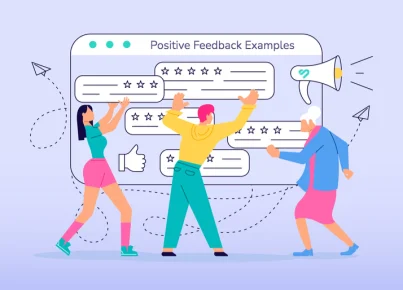Flexible classrooms are becoming more and more popular as they provide students with the opportunity to work on their own work as well as socialize and collaborate. There are a few problems with flexible classrooms though. Research is sparse and often inconsistent, so it’s hard to know which methods work best. Additionally, there is little research on how flexible classrooms can improve student learning.
Despite these drawbacks, there are some promising methods for flexible classrooms. For example, using a variety of tools and resources can help teachers and students better understand each other and the methodologies being used. Additionally, having a clear purpose or goal for the classroom can help students focus and learn more effectively.
Though there is much research to be done, flexible classrooms are growing in popularity and should be given a more serious look. They may be the perfect way for students to learn and work on their own while also socializing and collaborating with others.
There is a lot of debate about whether or not flexible classrooms are a good idea, but one thing is for sure: research is scarce on the topic. However, recent studies suggest that flexible classrooms can offer some advantages over traditional classrooms.
For one, flexible classrooms can allow for more personalized teaching as teachers can tailor their instruction to the needs of their students. Additionally, flexible classrooms can help reduce stress levels in classrooms as students can move around and change their positions frequently.
Despite the challenges associated with flexible classrooms, there are potential benefits that might be worth exploring. If implemented correctly, they can offer many advantages that can be helpful for both students and teachers.





